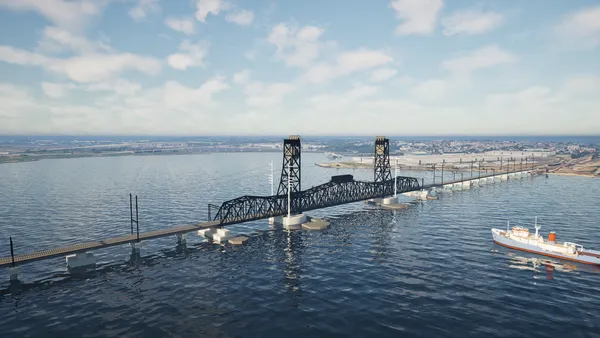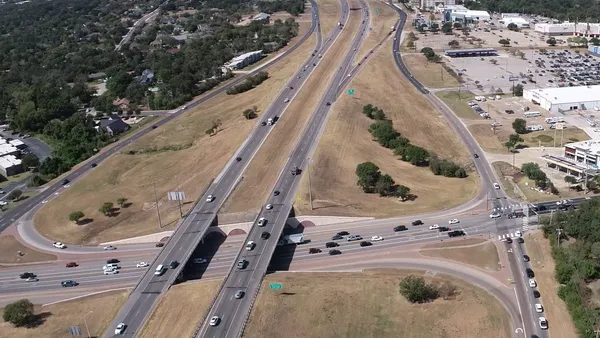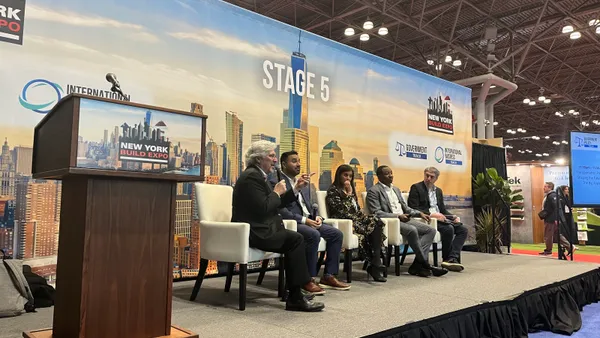Dive Brief:
- Construction started last week on a $6 million, 186-foot long Florida bridge incorporating several fiber-reinforced polymer and composite technologies, according to Engineering News-Record.
- Bridge spans will be constructed using 36-foot long Hybrid Composite Beams, hollow plastic forms reinforced with glass and steel fibers and filled with self-consolidating concrete.
- Instead of steel, the bridge will use glass- and concrete-fiber-reinforced polymers and carbon-fiber composite cable for driven piles, decks, railings and abutments.
Dive Insight:
The Florida Department of Transportation (FDOT) went all in on polymers and composites for the new Halls River Bridge in Homosassa, according to ENR. After pulling the trigger on implementing HCBs for the bridge’s support structure, the FDOT moved to become engineer of record for the project, and then opted for glass and concrete-fiber-reinforced polymers over steel for the majority of bridge components.
Bridges are seeing increased use as test-beds for materials science and infrastructure sensor technologies, ranging from polymer and composites to structural failure sensing technologies and seismic-resistant memory rebar imbedded in concrete with poly-vinyl fibers that can stretch to incorporate lateral stress and then return to their original position without losing structural integrity.
Bridges also serve as effective smart tech test areas due to short, defined lengths and measurable traffic patterns, but could soon be superseded by longer stretches of smart highways. The Ohio DOT is investing $15 million to turn a 35-mile stretch of I-33 into a testing area for autonomous vehicles and other transportation technologies, with construction beginning in May 2017.













